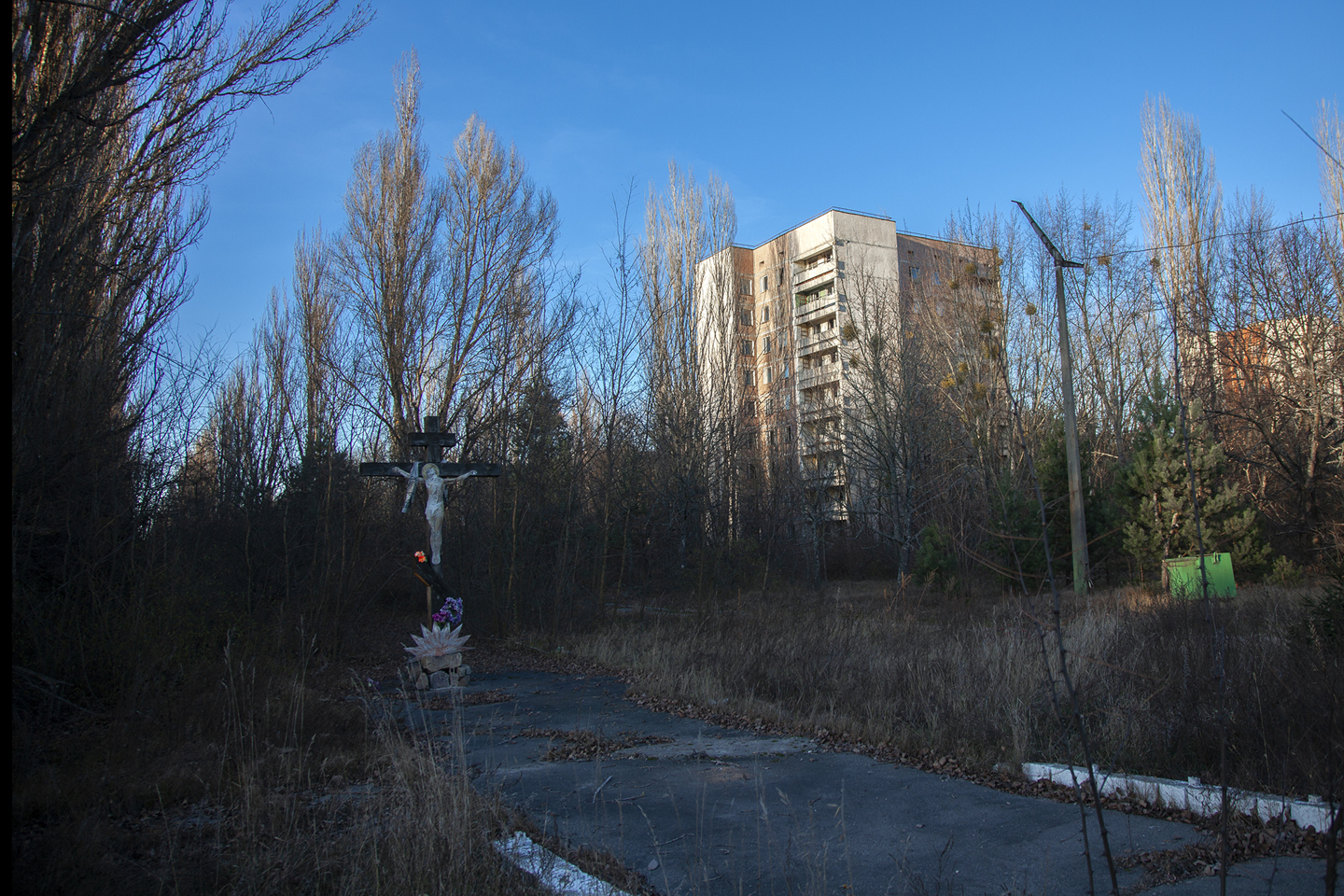The Chernobyl Tragedy 30 Years After the Cuban Medical Program PART I
Published in Latin American Summary
By Maribel Acosta Damas y Roberto Chile
March 27, 2020
Translated and edited by Walter Lippmann for CubaNews
Photos by Roberto Chile included here. Please copy.
In the early morning of April 26, 1986, the fourth reactor at the Chernobyl Nuclear Power Plant, two kilometers from the scientific city of Pripyat, exploded. The tragedy shook Ukraine, Belarus and Russia fundamentally. The radioactive cloud reached the whole of Europe. It began the pilgrimage of hundreds of thousands of people. Some experts describe this date as the entrance to the 21st century.
But at the same time something else was happening that would transform the lives of millions of human beings and change the map of the world forever: the fall of the Berlin Wall and the disintegration of the USSR decreed a new era.
At Chernobyl, more than a hundred villages were left desolate. The thriving city that was Pripiat became the ghost of itself. Even today it is shocking to look at it. A couple of years after the accident, the illnesses caused by radioactivity began to appear. With no strength to face the tragedy, with weakened governments and health systems, the people of the former Soviet Union turn to the world for help. It barely arrived, meager, fragmented.
A country sends doctors to Ukraine, looks at the pain, works with Ukrainian doctors to select the sickest, and on March 29, 1990 at 8:46 p.m. the first group of children from the then still USSR arrives to be treated in that other country. A man welcomes them on the steps of the plane and holds out his hand one by one, according to Dmitri, the boy from Pripyat who was on that flight, the son of the liquidator who died at Chernobyl.
On that day at the end of March, the longest humanitarian programme in the history of the world began. And for 21 years in a row, more than 26,000 children from Russia, Belarus and Ukraine received free medical care at Tarará, a wealthy resort that would later be passed on to the children of that island and then generously donated so that other children, sick in body and soul, would be healed. All the medicines and scientific discoveries of that island were made available to them. The vast majority were healed.
Today, we return to Chernobyl, to Pripiat, we go back to the places (as far as we are allowed because of the care of radiation), we stop in front of them, we look at the pain, which remains; we observe where everything began and we go thinking about those who gave shelter, those who were saved and the saviors, the people who gave the hug, the man on the plane’s ladder: Cuba and Fidel.

CHERNOBIL, PRIPYAT
Photo by Roberto Chile

CHERNOBIL, PRIPYAT
Photo by Roberto Chile

CHERNOBIL, PRIPYAT
Photo by Roberto Chile

CHERNOBIL, PRIPYAT
Photo by Roberto Chile

CHERNOBIL, PRIPYAT
Photo by Roberto Chile

CHERNOBIL, PRIPYAT
Photo by Roberto Chile

CHERNOBIL, PRIPYAT
Photo by Roberto Chile

You must be logged in to post a comment.